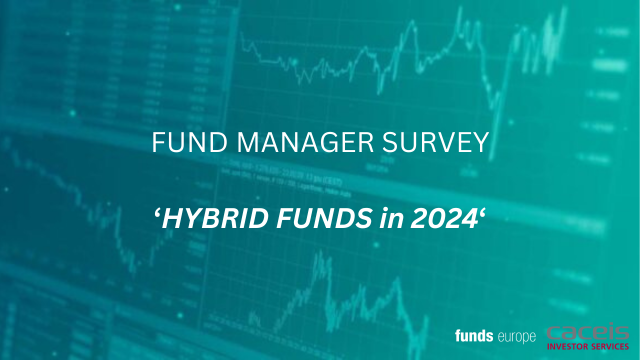The UK’s wealth management industry must adapt swiftly to the digital era, catering to the evolving demands of today’s tech-savvy clients, writes Simon Edwards, chief revenue officer, BlueMatrix.
UK wealth managers look after £1.4 trillion in assets and are used by 2.4 million people in this country. Much of that money is owned by people who simply do not have the time to manage their investments but are comfortable outsourcing this to a partner they trust who truly understands their needs. But as the profile of the market’s clients evolves, do wealth managers really have the tools they require to deliver information that reflects a new set of expectations and behaviours?
While the wealth management industry is starting to invest in digital technologies, it is probably still around ten years behind capital markets regarding content creation and distribution. Perhaps it’s because content has been more of an afterthought in the past. But now wealth managers run the risk of all their hard work on their latest strategy piece getting lost in the recipient’s inbox because of the new ways their clients consume their information.
The digital shift in wealth management
When I started my wealth management career in the City, the process was time-consuming and laborious. Reviewing the portfolio, making recordings over Dictaphone, tasking a secretary with writing up those recordings, stuffing envelopes, etc. The list goes on. The process used to take two working days, with the report mailed out two days later to two types of clients: discretionary and non-discretionary. If non-discretionary, we would wait a week and then follow up. Letters could disappear into the void, or clients would sit on the information, and a week would pass before another letter or a call to follow up. Mercifully those days are gone, but the current process is not too far away.
 The industry must offer a much more agile and intelligent way of enabling its customers to consume content. According to a recent report from KPMG, successful wealth and asset managers should invest in digital operating models and data-driven insights, adopting a platform mindset while retaining the close personal relationships that characterise the sector. Cash-rich, time-poor, tech-savvy clients don’t have the opportunity, or indeed the inclination, to wade through a random, high-level strategy recommendation in a PDF document, especially when they are on the move and using their mobile phones.
The industry must offer a much more agile and intelligent way of enabling its customers to consume content. According to a recent report from KPMG, successful wealth and asset managers should invest in digital operating models and data-driven insights, adopting a platform mindset while retaining the close personal relationships that characterise the sector. Cash-rich, time-poor, tech-savvy clients don’t have the opportunity, or indeed the inclination, to wade through a random, high-level strategy recommendation in a PDF document, especially when they are on the move and using their mobile phones.
The model is changing from push to pull communications, where clients are in the driving seat, asking for more information and action and taking more control. As part of this shift, they seek far more personalised, distilled content and a digital user experience that makes the information they need much faster and easier to access and digest, just like when Netflix suggests a show or series based on the user’s viewing history, search history and ratings.
Meeting modern client demands with tailored digital strategies
Investors can now make easier and faster data-driven decisions; the power is in their hands, and they know to determine the next steps. Now, suppose my investment advisor sends me, for example, a weekly chart with updates on three companies in which I’m interested, sharing insights on their relative earnings and share price performance. In that case, I’ll more readily use that information to inform my investment decisions.
Wealth managers need to find tools that efficiently facilitate producing and consuming content that is appealing and relevant to their clients. Digital investment research solutions can deliver reports and HTML5 web pages that engage readers with interactive, multi-channel content and layouts. For example, dynamic reports hosted in more sophisticated portals can provide a comprehensive user journey. The experience can be tailored for individual users using configurable research feeds, emails and filters. And through automation, they can turn compliance into a background task with automated checkpoints, governance and disclaimers.
Therefore, A digital strategy is now critical for serving clients with rising expectations and new demands, delivering trusted and branded content tailored to their behaviours and consumable in the way they want to consume. In addition, digital content provides actual value through the granular analytics wealth managers need to satisfy regulatory best practices and for a real-time view of market trends and consumption analytics that drive insights. In simple terms, to understand what content is of most value and interest through its readership, to help them fine-tune their client’s user experience.
The wealth management industry is not keeping pace with the technological sophistication of the new generation and demographic of its clients. Using digital innovation to address client needs inevitably means investment and a fundamental change in mindset and culture. It’s a step change that won’t happen overnight for the industry, but it does need to happen.
© 2023 funds europe





